Last Updated on February 6, 2025
Overview of Winter Tire Tread Patterns
When it comes to winter driving, your tires play a critical role in keeping you safe. While the rubber compound of winter tires is essential for maintaining flexibility in freezing temperatures, the tread pattern is another key factor in their performance. The tread of a tire is the part that makes contact with the road, and for winter tires, it’s designed specifically to provide maximum grip on snow, ice, and slush.
This article will examine how winter tire tread patterns are engineered to handle cold, slippery conditions and how they contribute to better traction and control on winter roads.
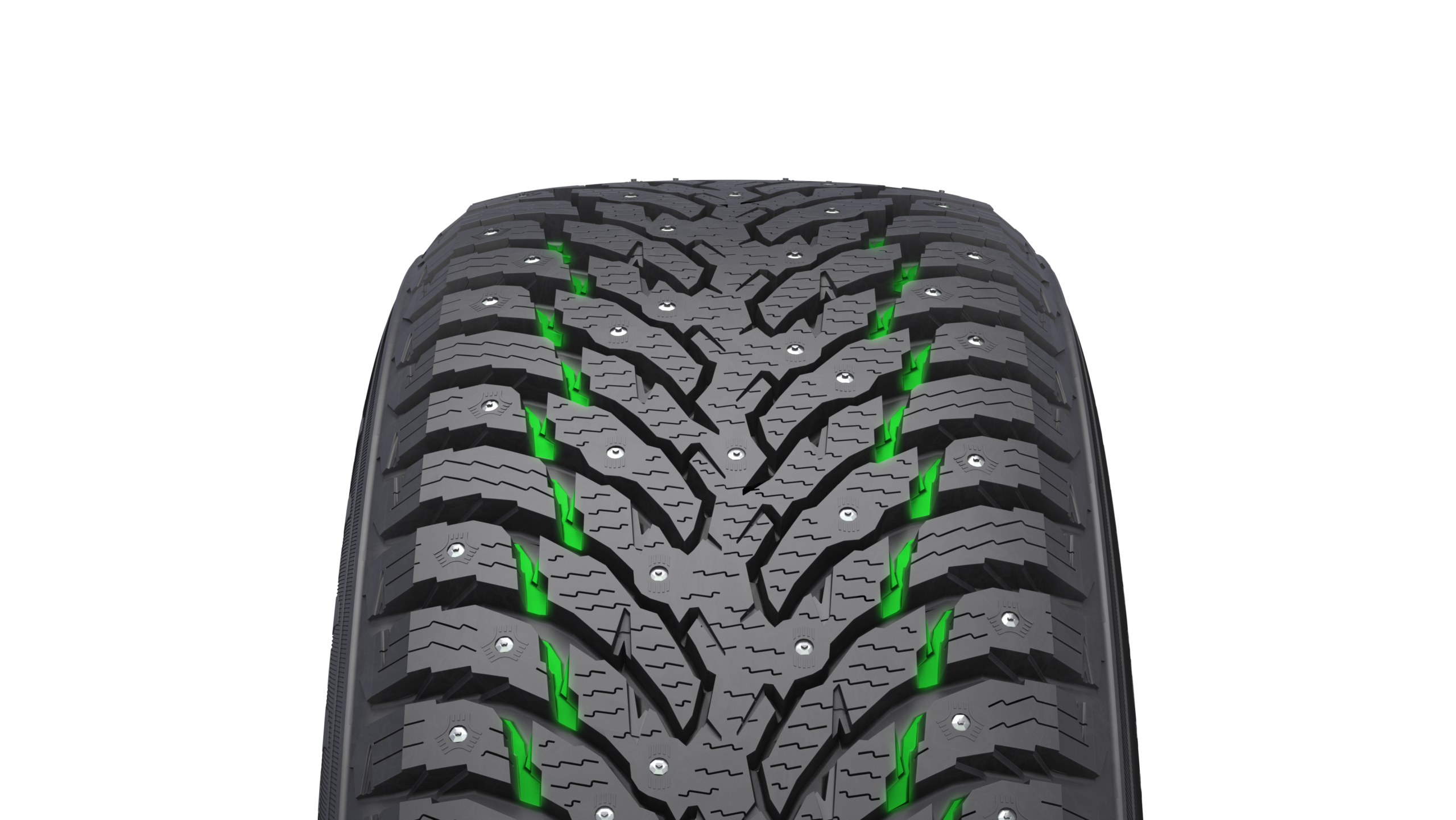
What Is a Tread Pattern, and Why Does It Matter in Winter?
The tread pattern on a tire refers to the design of the grooves, channels, and blocks etched into the rubber. These patterns are essential for how the tire grips the road and channels water, snow, or slush away from its surface. Tires must perform differently when driving in winter than on dry or wet roads. In snow and ice, the tread pattern creates additional grip and traction by allowing the tire to make better contact with the road surface.
Winter tires have specialized tread patterns significantly different from those found on all-season or summer tires. This is because winter tires need to handle softer surfaces, like snow and ice, and deal with slushy conditions, where the road is partially wet and partially snowy. The tread patterns are designed to improve traction on these surfaces, which can often be challenging for regular tires.
The Key Features of Winter Tire Tread Patterns
Several design features make winter tire treads stand out, aiming to improve performance in cold weather.
Here are some of the most important elements:
1. Deep Grooves and Channels (Lug Pattern)
One of the most recognizable features of winter tires is their deep, wide grooves. These grooves, or “lugs,” are designed to help the tire bite into snow and slush. They create an extra surface area that can grip the road more effectively than the flatter treads of all-season or summer tires. The deeper the grooves, the better the tire can dig into the snow, giving you the traction you need for starting, stopping, and turning.
These deep channels also serve an important function in water drainage. When driving through slush or wet snow, the grooves channel water away from the tire’s surface, reducing the risk of hydroplaning.
2. Sipes (Tiny Slits in the Tread)
Sipes are small, slotted cuts in the tire tread that improve traction by increasing the tire’s surface area. These slits help bite into ice more effectively, offering better grip on slick surfaces. Sipes are especially important in icy conditions, creating more “edges” for the tire to grab onto.
In fact, the more sipes a winter tire has, the better it will perform on icy or snow-covered roads. They provide additional grip without sacrificing performance on snow-covered roads and help the tire maintain better traction when conditions get slippery.
3. The “V” Shaped Tread Pattern
- Some winter tires use a V-shaped tread pattern designed to help the tire cut through deeper snow. The sharp edges of the “V” shape dig into the snow and provide a better forward bite, while the open area in the center helps expel
- snow and slush quickly. This helps prevent the tire from getting stuck in deep snow and keeps the vehicle moving forward with more stability.
- The V-shape also improves directional stability, ensuring the tire’s path remains steady even when driving at higher speeds in winter.
Studded Tires vs. Studless Tires: A Key Tread Pattern Difference
Winter tires come in two main types: studded and studless. While both types are designed for snow and ice, their tread patterns differ to cater to different needs.
Studded Tires
Studded tires feature small metal pins (studs) embedded in the tread that dig into ice, providing extra traction on slippery surfaces. These tires are especially beneficial in areas that experience long, harsh winters with persistent ice on the roads. The studs and the tire’s tread help grip icy surfaces more effectively, offering more security when stopping or turning on ice.
However, studded tires can be noisy on dry roads and may damage pavement. They’re also often regulated, so checking your local laws before using them is essential.
Studless Tires
Conversely, studless winter tires rely on their unique tread design and advanced rubber compounds to perform well on snow and ice without needing studs. These tires generally perform better in a wider range of conditions and offer quieter, smoother rides on dry pavement. Studless tires feature a more aggressive tread pattern and often include more sipes to improve ice traction.
For most people, studless tires are the best choice for everyday driving, as they balance performance on snow, ice, and wet or dry roads.
How Tread Patterns Help You Stop Faster in Winter
The key advantage of winter tire tread patterns is that they help you stop more effectively, especially on snow and ice. A tire with the right tread pattern allows you to apply more consistent pressure on the road while braking, resulting in shorter stopping distances. This is essential when driving in icy conditions, where stopping distances can increase dramatically.
Additionally, the deeper treads on winter tires create more traction points with the road surface, which not only helps you accelerate but also provides better stability during braking. For example, on a slippery road, you’re more likely to stop in time if your tire has enough tread depth to grip the road.
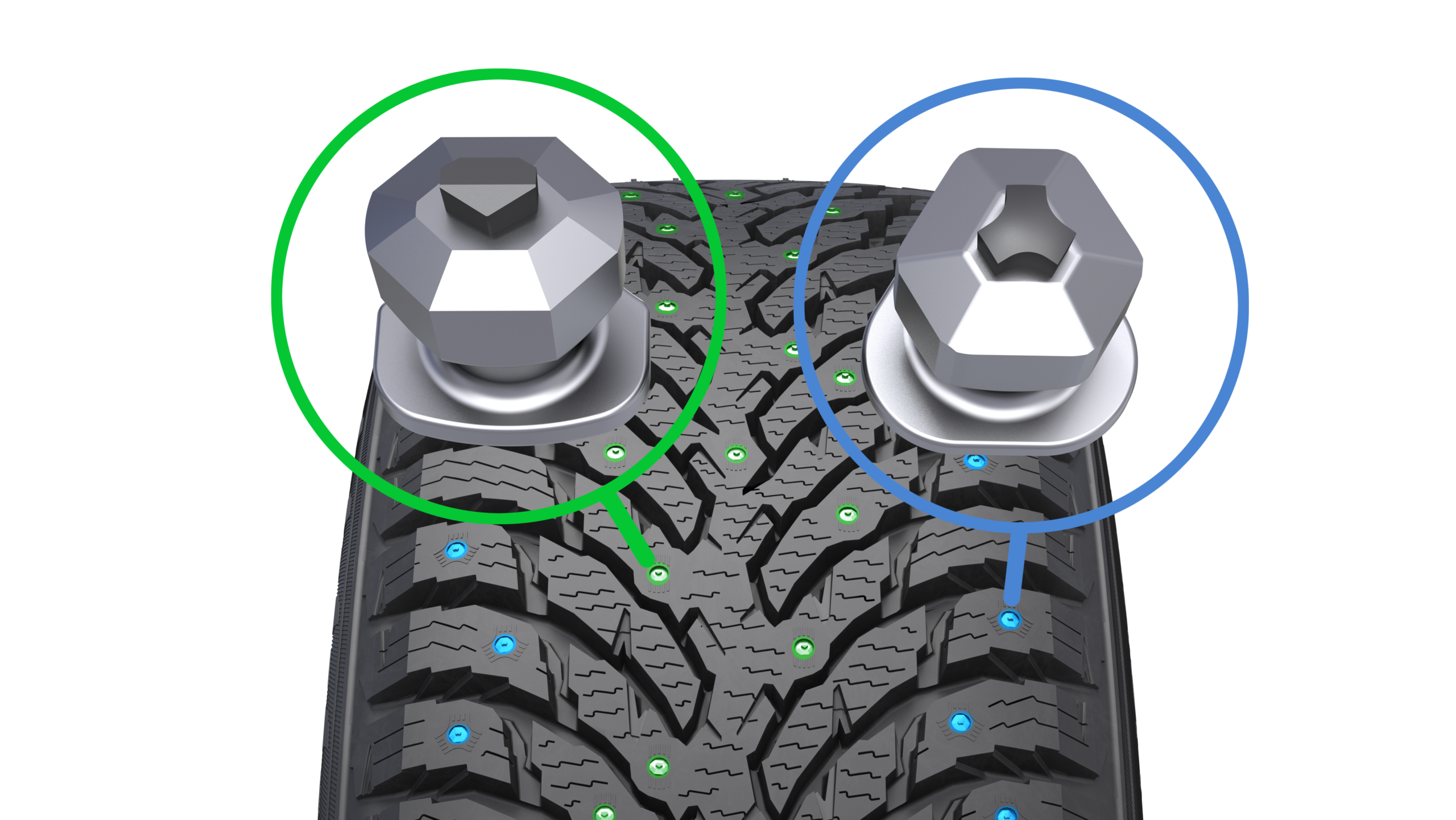
Choosing the Right Winter Tire Tread for Your Conditions
Not all winter tire tread patterns are created equal, and the best tread for you depends on where you drive and the conditions you regularly face.
- If you live in an area with heavy snowfalls, tires with aggressive, deep treads and V-shaped patterns are ideal for cutting through the snow and maintaining traction.
- Tires with lots of sipes or studs might be more appropriate for areas with more ice than snow, as they’ll provide better grip on slick surfaces.
- If your region faces a mix of snow, ice, and wet conditions, studless tires with a balanced tread pattern featuring deep grooves and sipes will offer the best all-around performance.
Conclusion: Why the Right Tread Pattern Makes All the Difference
In the end, winter tire tread patterns are integral in keeping you safe on the road during cold weather. By ensuring that the tread is designed to handle snow, ice, and slush, winter tires help maintain better control, shorter stopping distances, and greater overall stability. Whether you opt for a tire with deep grooves, numerous sipes, or a V-shaped pattern, the key takeaway is that winter tires are engineered to perform in conditions that would challenge regular tires. You can confidently drive with the right tread pattern, knowing your tires are working hard to keep you safe.
-
Automotive Specialist
-
Proofreader
-
Writer




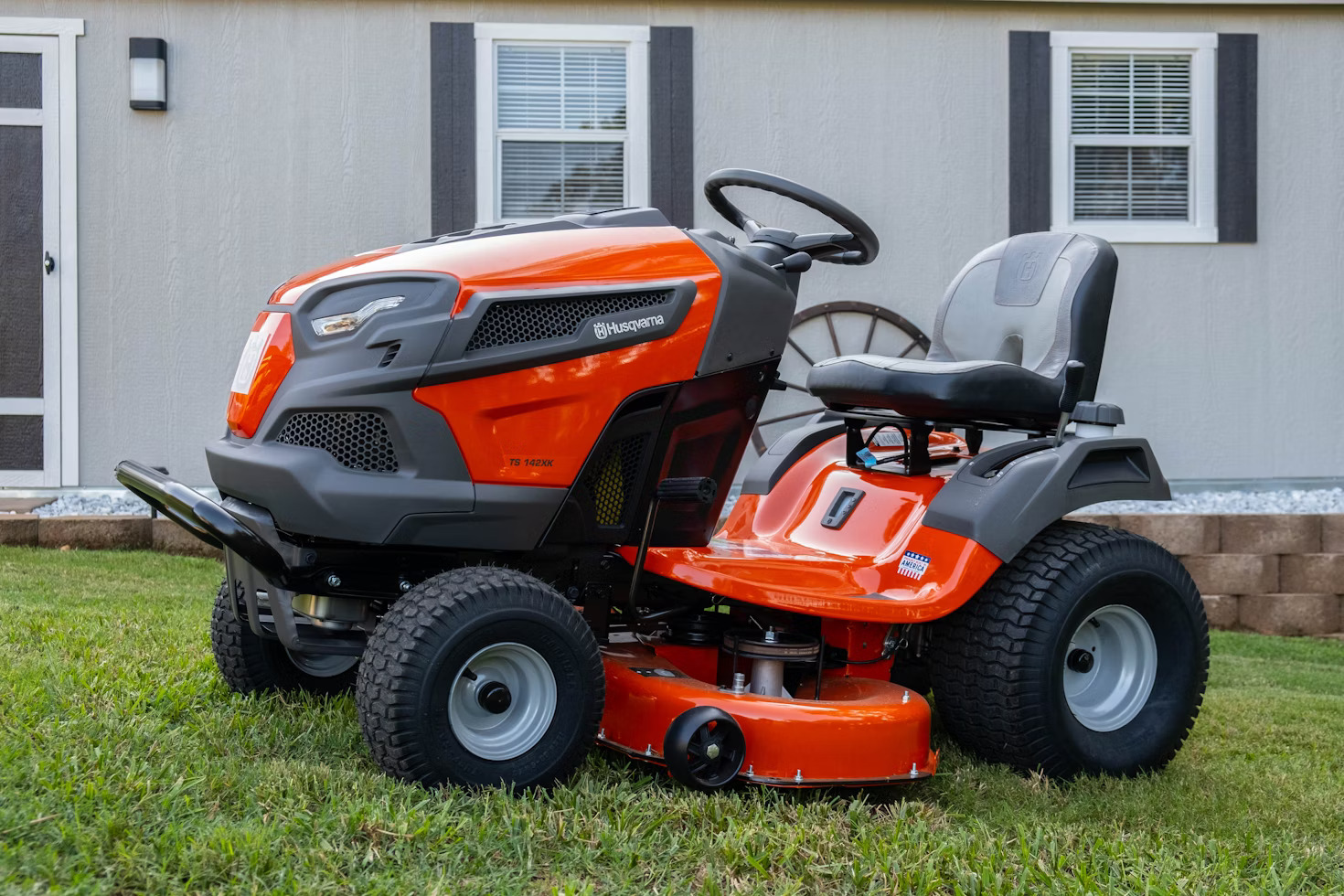

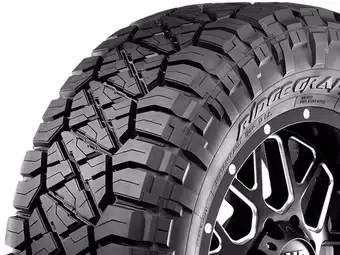


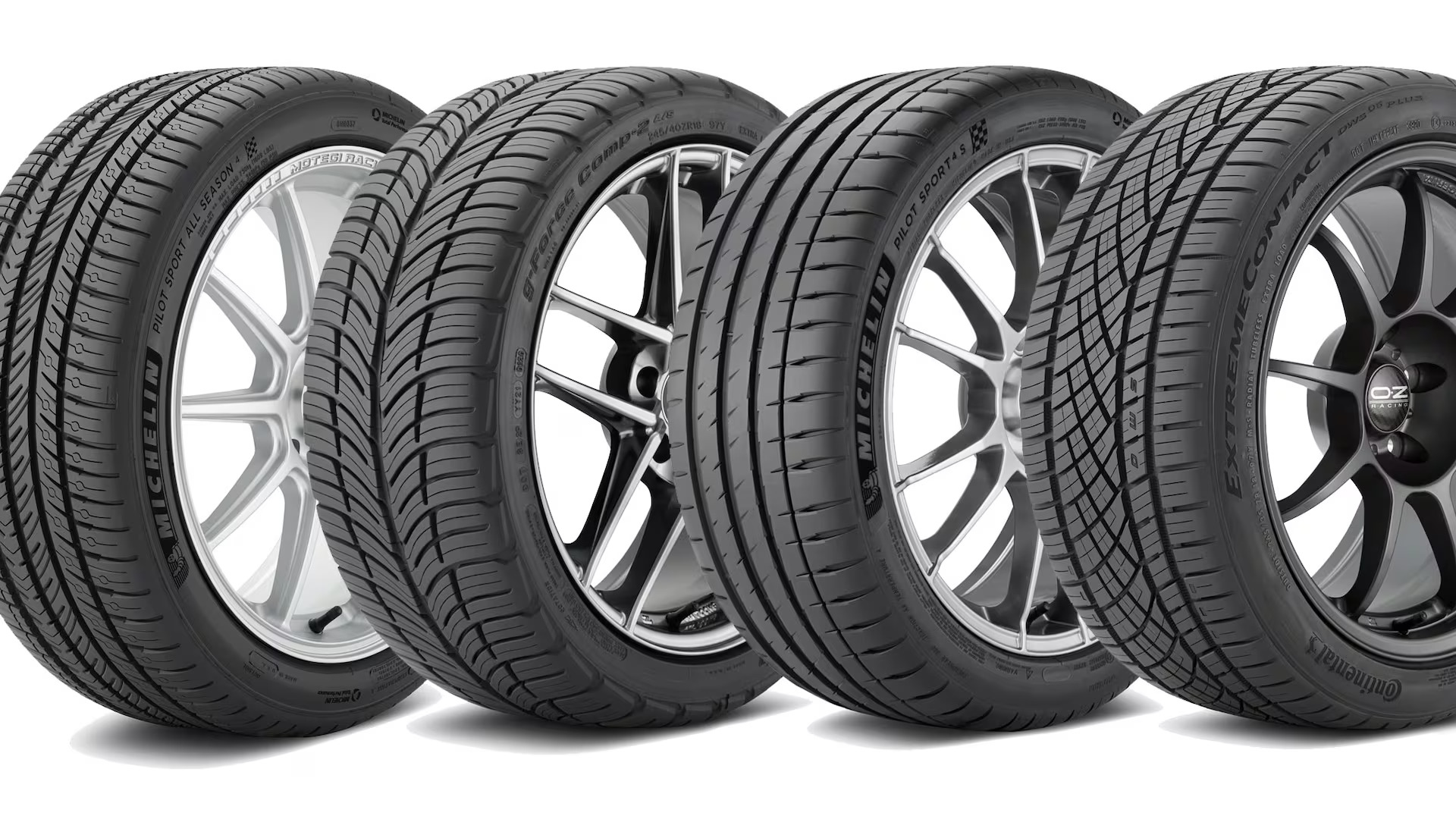
 English
English Français
Français Español
Español